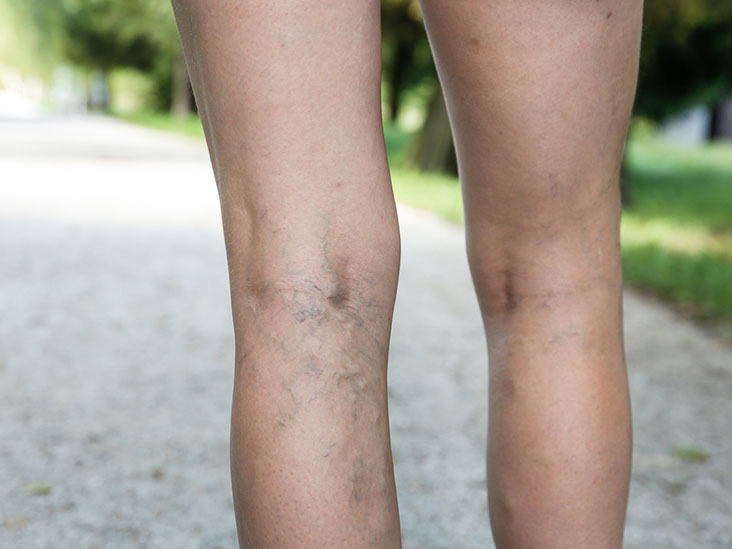When the veins in your legs enlarge due to pooling or accumulation of blood in them, you are said to have varicose veins. It is a vascular problem that occurs when the valves become weak, allowing the backflow of blood. The veins often appear as blue or dark purple on your skin’s surface, and most people seek treatment for cosmetic concerns. However, varicose veins can be a source of discomfort to others, especially if they come with other symptoms such as muscle aches, swelling, and pain after extended sitting periods. Fortunately, your Hudson, FL cardiologist can help improve the symptoms with different treatment methods, including sclerotherapy.
Causes of varicose veins
To understand the causes of varicose veins, you first need to understand how the arteries and veins work in your body. Apart from the pulmonary artery, all the other arteries transport oxygenated blood from the heart to the other body parts, while the veins carry deoxygenated blood from the rest of the body parts to the heart. The veins in your legs work against gravity to transport blood to the heart, which is also the longest distance. Veins have valves to protect blood from having a backward flow. If the valves weaken or get damaged, they allow blood to accumulate in the vein causing it to enlarge and twist.
What are the risk factors for varicose veins?
- Family history. A predisposition of varicose veins in your family makes you more susceptible to this problem.
- Pregnancy. During pregnancy, there is an increase in blood volume to support the fetus’s growth. While this is important, it may cause undesirable side effects, including superficial veins. The hormones produced during this time can also prompt the development of varicose veins.
- Obesity. If you weigh more than you should, the body exerts too much pressure on the veins in your legs, which can result in valve damage.
- Occupation. People with desk jobs or who spend many hours standing are at risk of varicose veins. Sedentary positions interfere with blood flow from the veins to your heart.
- Age. As you grow older, the veins in your valve become prone to wear and tear, making them weak, allowing some blood to accumulate in the veins.
- Sex. Varicose veins are prevalent in women than men due to the hormones the body produces during pregnancy, menopause, and before periods. Hormonal contraceptives such as pills are linked with varicose veins.
How can I prevent varicose veins?
Although you cannot completely prevent yourself from varicose veins, there are several measures you can take to reduce the risk and manage the symptoms of existing varicose veins. They include:
- Exercise more often to strengthen your leg muscles since they facilitate the transportation of blood.
- Shed extra pounds if overweight to reduce symptoms such as muscle cramps and swelling. Watching your diet and exercising can help your weight loss journey.
- Avoid tight clothes that press on the veins in your legs, worsening the existing problem.
- Take a break between long sitting or standing hours and walk around to promote blood circulation.
If you have further questions about varicose veins or need treatment, visit your doctor today at Advanced Hearts & Vascular Associates.





